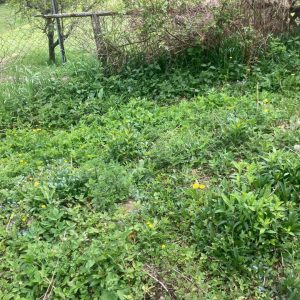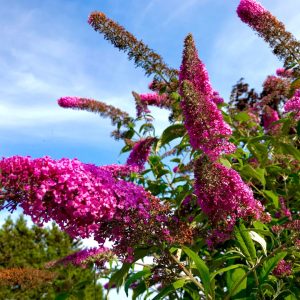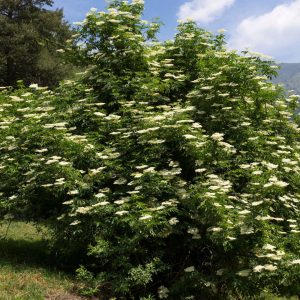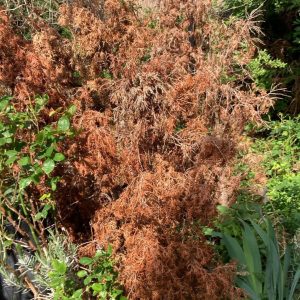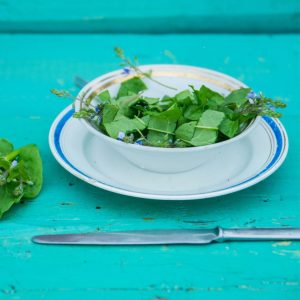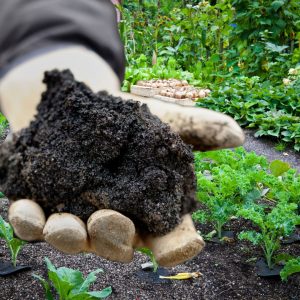Balcony planting for the lazy - Part 2
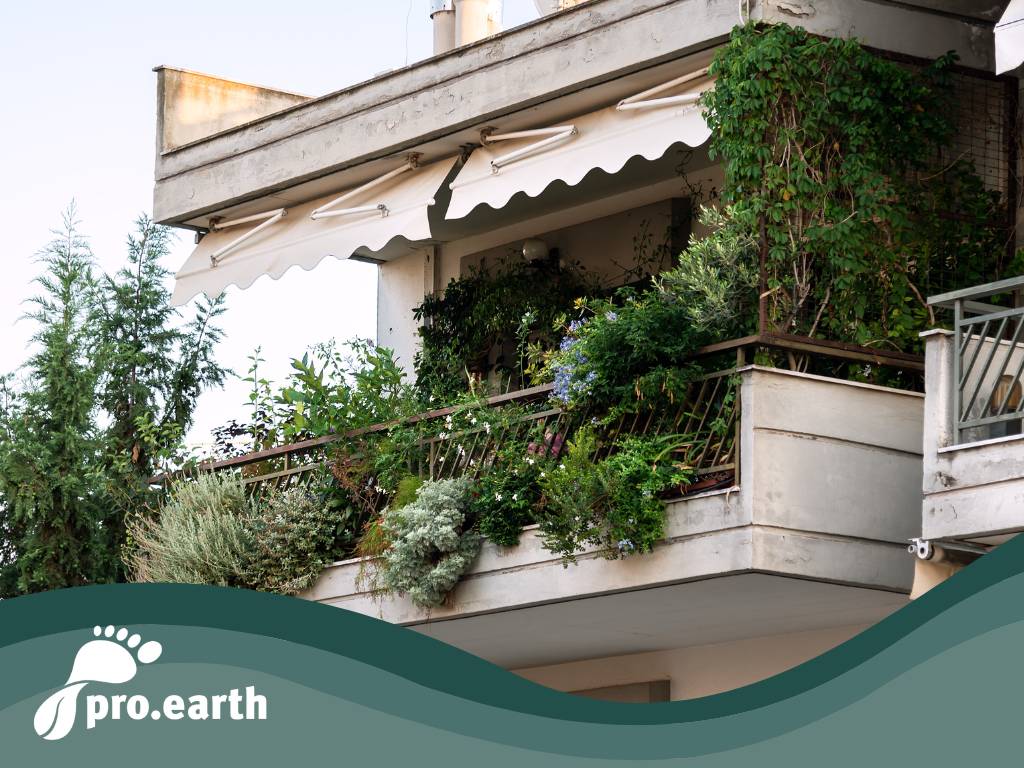
In our first part, we looked at choosing the right plants. Now we need suitable containers that fit on our balconies and are suitable for our plant selection.
3. deciding on the right planters
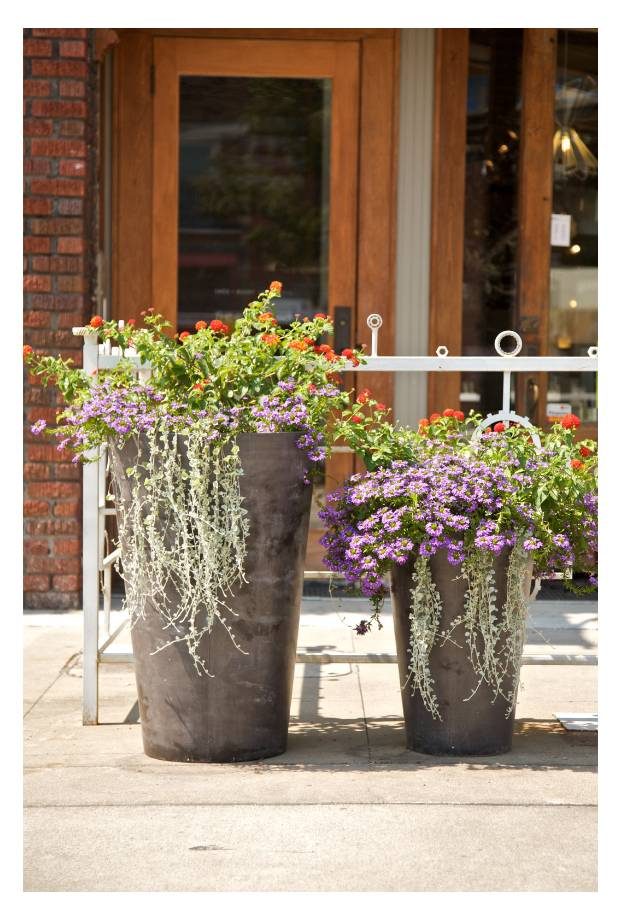
Basic rule: the larger the pots, the less you have to water and the larger the plants can grow in them. Conversely, the smaller the pot, the faster it dries out. We put a mixture of different plants in each pot - in other words, small communities.
If you can make your own planters from wood and tarpaulin, you can save yourself a lot of money. However, you should never use PVC tarpaulin for edible plants, only rubber, so that unwanted substances from the tarpaulin do not get into the food ....
In one project, we used a lot of rainwater barrels that were almost a meter high and 60 cm in diameter. We drilled holes in the bottom of these barrels to allow the water to drain away. That is essential!
The size of the pots and plants also depends on the size of the balcony, of course! This terrace was quite large .... .
Once we have decided on the plants and the right containers, it's time to fill the pots. This also determines the growth quality of the plants.
4. filling the pots
Basic rule: We only use peat-free soil. That's why we don't plant any plants that require acidic soil.
We use deep pots, which must have holes at the bottom so that the water can drain away and no waterlogging can occur in the pots.
Then we fill it with clay pot remains and clay granulate at the bottom. This is followed by a layer of cuttings and small pieces of wood that we have collected. In this way, we manage to get the quality of a raised bed into each pot and achieve that
a) humus can develop in the pot itself and
b) the soil does not become too hard.
A mixture of good peat-free soil with a little sand and clay granules or other water-retaining material is placed on top of this layer.
We also try to put "topsoil" from a garden that already has some soil life in it into each pot. This is very easy when you dig up plants ... . You can also add effective microorganisms.
T I P P: If you make a herb bed, it needs less nutrients than other areas, so you can use more sand or soil that may have been used before and mix it with new soil.
It is important to understand that each vessel is a mini system and should be considered as such.
5. planting the pots
As most of the soil already contains nutrients, we do not add any organic nutrients to the pots at first. However, we make sure that a lot of water-storing granules are distributed around the roots when planting so that the roots can get stored water from there.
All pots are covered with a good layer of mulch to prevent wind and sun from taking away too much moisture.
6. the right way to water
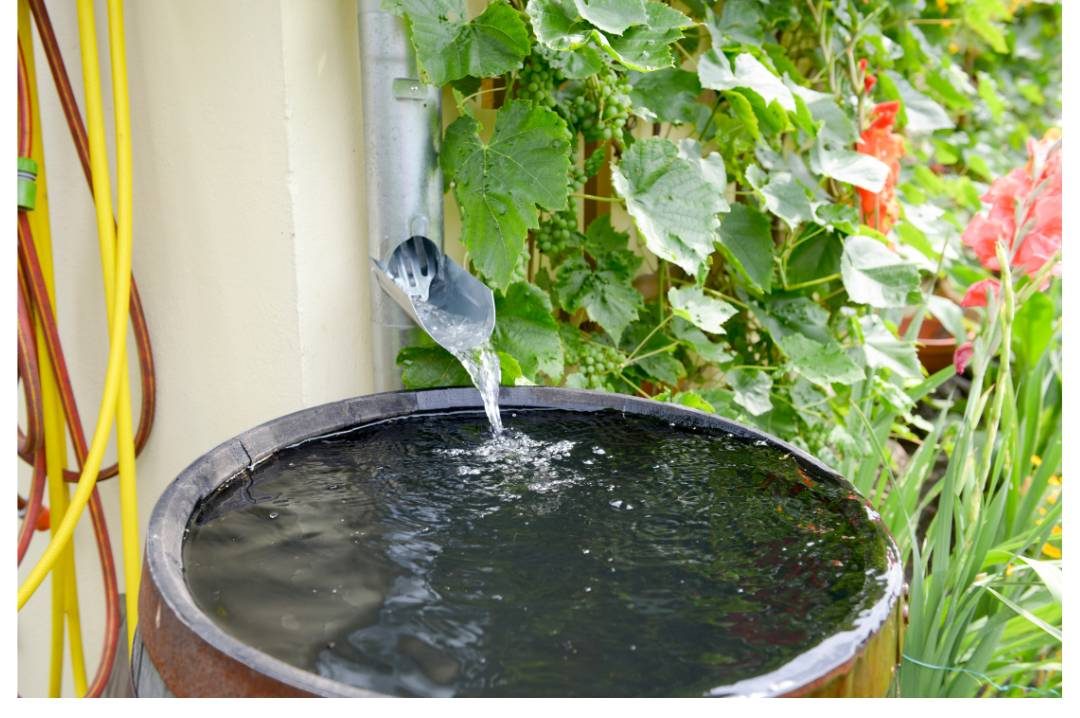 Anyone who manages to collect and store rainwater on their balcony/terrace has a big advantage over everyone else who has to use tap water. Rainwater is much healthier for all plants - and it's free!
Anyone who manages to collect and store rainwater on their balcony/terrace has a big advantage over everyone else who has to use tap water. Rainwater is much healthier for all plants - and it's free!
Some balconies/terraces are equipped with a tap, which allows you to water the pots using drip irrigation, for example. In our experience, you shouldn't water too much (but of course don't let the plants die of thirst either). The top few centimeters may be dry. It should only be moist from a depth of around 5-8 cm.
The hotter it is, the more water evaporates and is needed. You should water in the early morning or late evening hours - NEVER in bright sunshine!
It is better to water thoroughly once than often and little.
How often you fertilize with purely organic fertilizers - we #Beetschwestern do not use chemical fertilizers - always depends on the needs of the plants. We usually fertilize twice a year, in spring and late summer, and otherwise as required.
Have fun greening your outdoor space, there are no limits to your imagination! Sincerely yours #Beetschwestern
